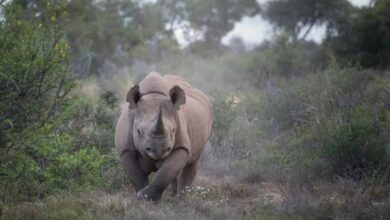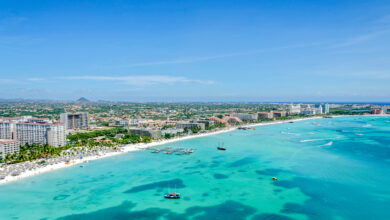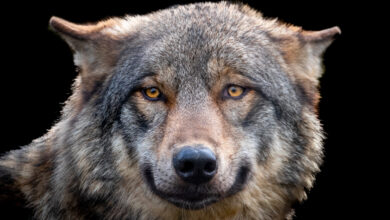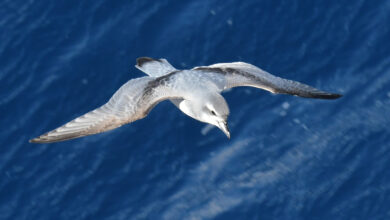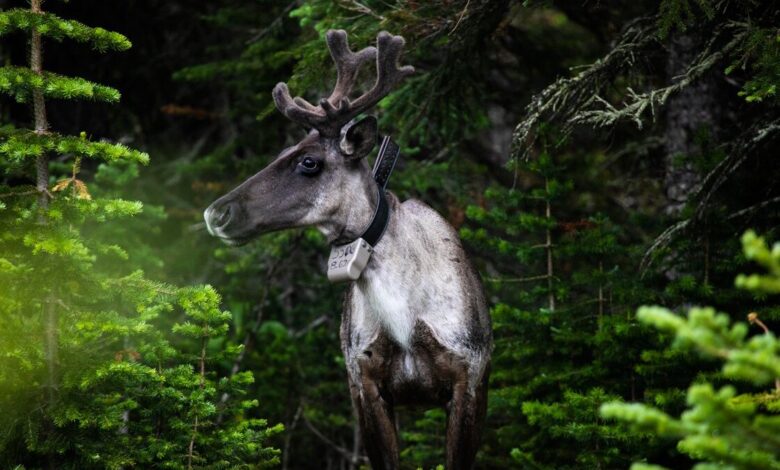
Caribou cow in the Klinse-za maternity pen. Project members collect a portion of the herd’s pregnant cows in March (13 cows in 2020) and hold them in the pen, where they can care for and protect them until late July when the calves are about two months old and able to fend for themselves in the wild. Photo Credit: David Moskowitz
Animals CanadaLoads of Work to Save the Caribou (and It Was Worth It!)
Two indigenous First Nations from Canada took matters into their own hands to save the mountain caribou, as the animal is part of their cultural survival, boosting the population of a particular species from sixteen to a hundred in less than a decade.
“Our elders tell us the caribou have been here for us, and now we need to be there for the caribou,” says West Moberly Chief Roland Willson. “As human beings, we can take responsibility rather than just taking and extracting. We need to think about more than just ourselves,” says Starr Gauthier, a member of the Saulteau First Nation.
In 2011, the two First Nations sued the provincial government of British Columbia for violating their treaty rights to hunt caribou, but instead of waiting for a ruling, they set up a caribou restoration project. It included penning pregnant Klinse-za caribou cows to protect the females and the calves before releasing them into the wild, implementing predator control efforts, and restoring the caribou’s habitat for the animal to thrive. In 2020, they won their case and signed a partnership with both federal and provincial governments to implement a recovery program for the caribou.
